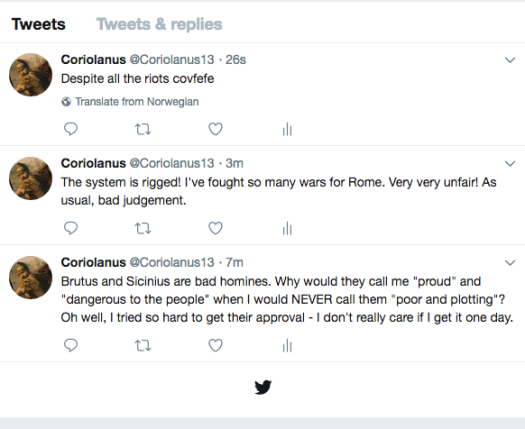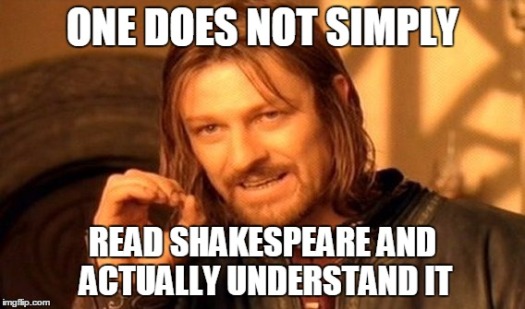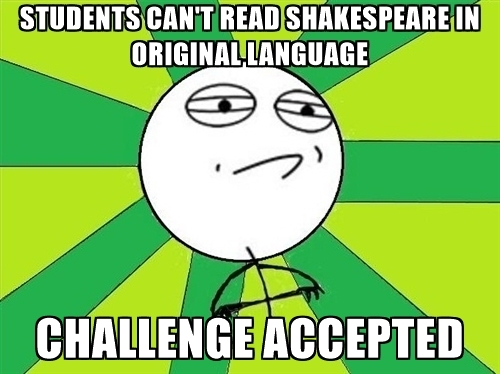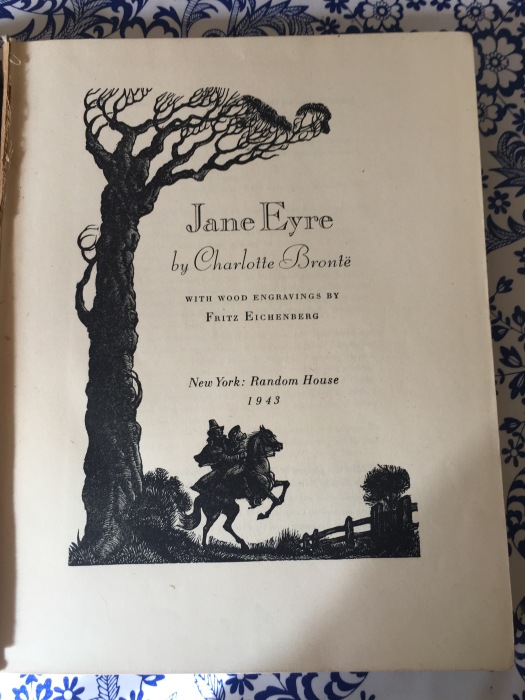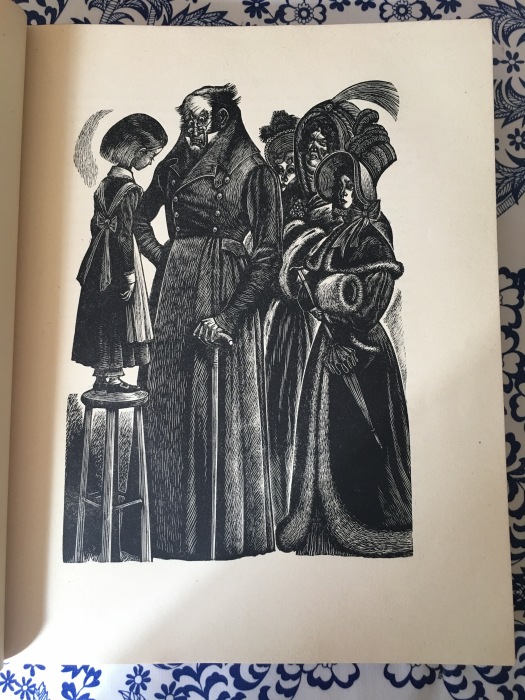
Something that always gets me feeling all warm and fuzzy inside is learning about ancient civilizations. Browsing through Netflix this weekend, I came across a documentary called the Pyramid Code. The documentary seeks to give alternatives to Egyptology’s conventionally accepted explanations for how the Egyptians lived and what they built certain structures for. I do love studying Egypt, but am more interested in everything than an expert in anything, so I can’t really speak to any one theory’s validity. Could the pyramids have been built as sources of electrical power? Could hieroglyphics really be portraying helicopters? Maybe, I don’t know, but one indisputable fact is that the ancient Egyptians were a very advanced civilization that is (perhaps) not given its full due in modern times.
What I did like about the documentary is it’s admitting that modern historians filter their observations about ancient peoples through their own socio-cultural understandings situated in the time periods in which they live. In other words, it’s hard for people to look back objectively without projecting modern attitudes. I think this is a profound realization that is often not communicated in history books or museum displays. Perhaps a legal disclaimer should be posted wherever antiquity is concerned. Something along the lines of “the views and opinions expressed are those of the historian and do not necessarily reflect the actual opinion or position of the ancient society being interpreted.” However, that doesn’t mean that through a conscious effort to deal in facts and be object that an academic can’t come to a plausible theory about an ancient culture. I think one way that The Pyramid Code tries to do this is by incorporating commentary from “an indigenous wisdom keeper” named Abd’el Hakim Awyan. This man gives an opinion situated in the traditions that have been passed down by the peoples of Egypt. It is almost like having a first hand source, except that he admits that some of Egypt’s secrets have been lost to time. In the fourth episode, he claims that maybe a heightened sense of awareness, or the presence of a sense other than the five we acknowledge today, may have given the Egyptians this seemingly “supernatural” ability to build the magnificent structures that they did without the use of modern advances. I think by making Awyan’s commentary central to the documentary’s principal purpose (i.e. that the Egyptians were more advanced than we’d like to believe or advanced in different ways we don’t understand) increased it’s plausibility and gave a refreshing perspective dissimilar to the Euro-centric view of Egypt so readily accepted as infallible.
I also greatly enjoyed Robert Bauval’s trek into the desert to view Nabta Playa, an ancient calendar of arranged stones, in episode 3. Before reaching this place, he stops at El Bagawat, an ancient Christian cemetery located at the Kharga Oasis. The site was founded in the 3rd century and lasted until the 7th AD. The site looks ominously peaceful, with a swerving pathway leading right up to monotone buildings made of bricks that don’t look as crumbled as they should be. What struck me most about the site was the beautifully painted ceiling located in the small domed chapel that depicted the story of Adam and Eve. I almost expected the cameras to turn a corner and show the viewer a scene from the distant past. This stop and the philosophizing that Bauval did at this point in his journey truly made me want to book a flight and head out into the desert with him.


Bauval and his team then trek deeper into the desert to reach Napta Playa. Napta Playa is not a large site and to the uninitiated (like myself) might seem like just some rocks poking out of the sands. The significance of Napta Playa, however, is great and Bauval, as well as an Egyptologist named Nicole Douek that the team happens to meet at Napta Playa, believe that the people who created the site may have played a part in birthing the Egyptian culture we study today. Napta Playa itself tells us that these people studied and tracked celestial bodies and their movements just as the Egyptians did. It is amazing to see these ancient places (even from the comfort of one’s couch) and to wonder alongside academics as to their purposes.

I don’t have any criticism for the documentary. It is well mapped out, the commentary is relevant and credible, the evidence is presented before the eyes of the viewer instead of spoken about second hand. I would have preferred the soundtrack played at a lower volume, but the music is appropriate and provides good ambiance. The sweeping views of the desert, the pyramids and other ancient Egyptian sites, and the modern day people of Egypt (and their farm animals) provides for a visual appealing experience.
If you have any interest in Egypt or ancient cultures, I would check this documentary out. Thank you for reading!
Cover image credit here. Design from Canva.







